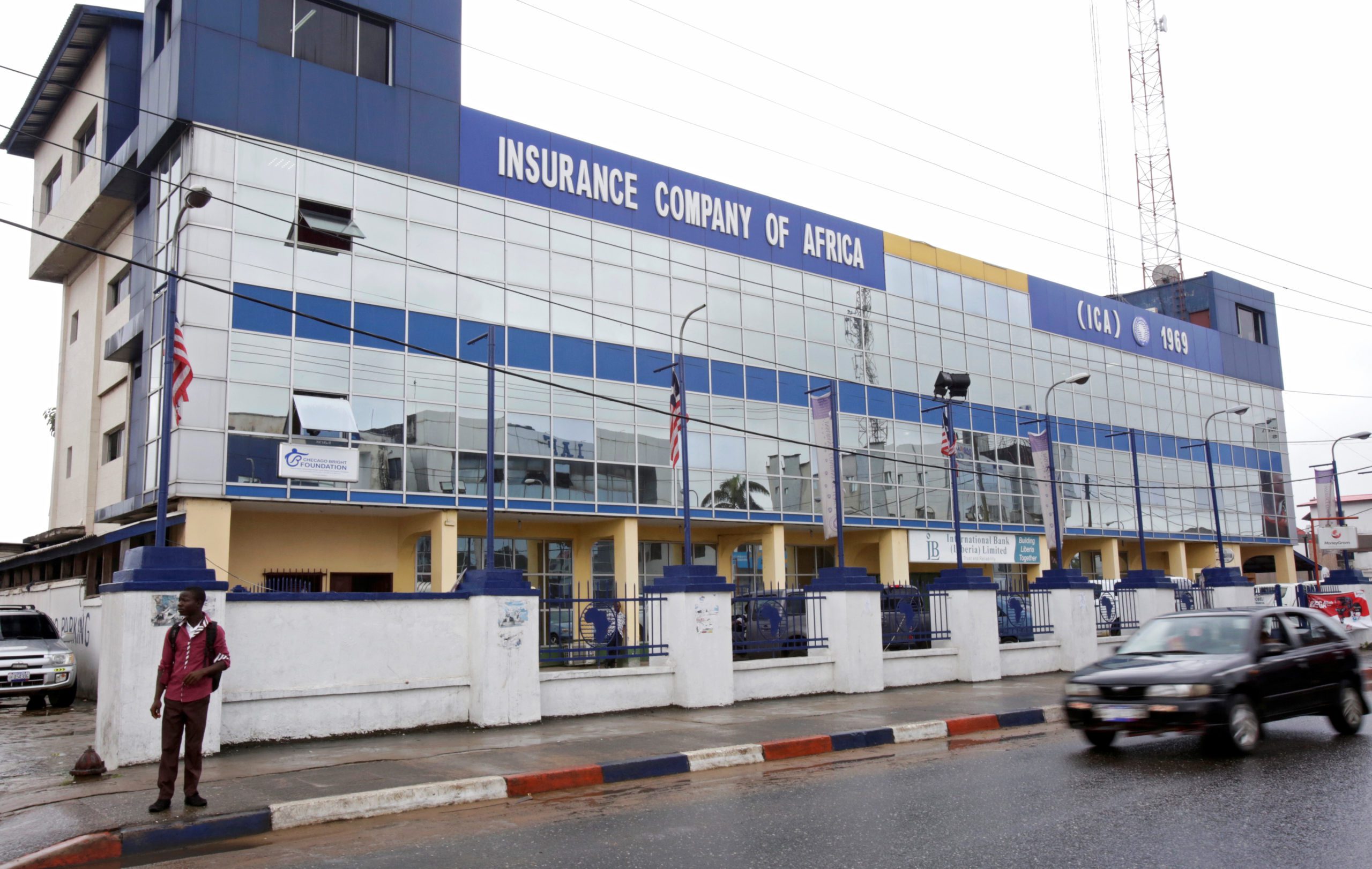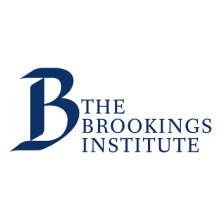
Among the drivers of economic growth and development in emerging countries, insurance is often overlooked in favor of flashier sectors like technology or infrastructure. In fact, though, insurance is a behind-the-scenes factor driving growth at all levels of society, from family life to massive infrastructure projects to technology development. As discussed in my new report, expanding Africa’s lucrative insurance market may be key to creating inclusive prosperity in the region.
Notably, increased penetration rates for insurance throughout African markets are directly connected to Africa’s overall development: Indeed, as Das, Davies, and Podpiera (2003) show, insurance can have positive effects on growth through six mechanisms: improving financial stability for businesses and households; mobilizing savings for public and private investment; reducing pressure on the government to provide public goods such as pensions; encouraging trade and entrepreneurship; mitigating risks and enhanced diversification; and improving social living standards. Other scholars have identified insurance premium thresholds associated with positive economic growth in Africa. Studies of Rwanda’s Universal Health Coverage (UHC) found that increased enrollment was accompanied by higher utilization of health facilities as well a higher presence of skilled-birth attendants.
Expanding Africa’s lucrative insurance market may be key to creating inclusive prosperity in the region.
Despite these advantages, Africa’s aggregate insurance penetration rate in 2019 was only 2.78 percent, compared to the global average insurance penetration rate of 7.23 percent. With increased entry, participation, and expansion from traditional insurance companies and new microinsurance companies (as well as reinsurance companies), the potential for growth across the continent is immense. Recent disruptive events—including an increasing number of natural disasters, political upheavals, and economic disruptions from current and future pandemics—will continue to increase demand and foster rapid growth throughout this sector, particularly of digital insurance platforms.
What does Africa’s insurance market look like now?
The insurance sector is comprised of three subcategories: life insurance, nonlife insurance, and reinsurance. African countries have grown in each of these market segments at varying paces, following their own diverse growth patterns. For example, South Africa’s market is dominated by life insurance premiums, while other countries, like Kenya, Nigeria, and Tunisia, have a much higher volume of nonlife insurance premiums than life ones.
These patterns are suggestive of future trends and point to vast, untapped markets for companies seeking to deliver insurance products that are both affordable and well suited to the mass market. Indeed, just five countries house about 84 percent of the estimated $68.15 billion total value of the continent’s insurance market. South Africa is the leader with about 70 percent of the total market share, followed by Morocco, Kenya, Egypt, and Nigeria. In most other African markets, though, the penetration rate remains below 2 percent.
Related Content
More specifically, life insurance market penetration has been slow because of the demand for specialized risk-management capacities and heavy investment in security and information gathering, which has left the sector fragmented and dependent on foreign investment. Five countries (South Africa, Morocco, Namibia, Kenya, and Egypt) comprise 92 percent of the life insurance market on the continent. Although McKinsey expressed concern about South Africa’s life insurance market losing ground given the COVID-19 crisis, low market penetration combined with expected increased consumer and business spending by 2030 will continue to create plenty of opportunities in less developed markets across the continent.
Key to the sector’s growth and expansion is the region’s rapidly growing middle class, who can particularly find greater household stability with life insurance. As this segment of the population becomes increasingly aware of the value insurance provides to their households and businesses, they will be more inclined to spend more of their disposable incomes on insurance: In fact, according to an Ernst and Young 2016 survey of African insurance companies, increased earnings in households and businesses were the leading driver of increased insurance premiums.
The pandemic affords an opportunity in the form of consolidation: Unsustainable and inefficient players may be forced out of the market, facilitating innovation, healthy competition among thriving companies, and better coverage. Other experts suggest that commercial insurance for businesses will outpace the growth of individual insurance coverage over the next year, partly because of increasing reinsurance rates. The pandemic has also accelerated the digitalization of local insurance companies, opening the door for a more accessible and inclusive insurance industry in the long term, which could be fostered by a conducive policy environment.
Technology adoption and innovation are the keys to growth in the African insurance industry. Microinsurance could also change the name of the game, as it can reach Africa’s rising middle class through small-scale, low-cost, low-risk products. MicroEnsure, which partners with telecommunications firms, is an example of a successful microfinance venture that offers basic health and life insurance coverage through a free add-on to customers’ existing mobile phone services. Furthermore, micro-health insurance products like Jamii have also entered the market, bringing affordable coverage to low-income populations. Similarly, health financing has been radically changed by mobile and online platforms: M-Tiba facilitates digital management of both public and private health insurance policies through partnerships with governments and providers.
Policy recommendations for managing risks
Recognizing the role the insurance market can play in development, African governments are also working to improve the regulatory climate for insurance investors. Diversification, partnership, and cross-collaboration among insurers and banks is the foundation required to create economies of scale and increase revenues for both sectors. These partnerships, coupled with accelerated digitization to online and mobile platforms, have the potential to increase cost efficiencies and profit margins throughout Africa’s insurance sector—completely transforming the insurance industry.
Africa’s underdeveloped insurance market represents an opportunity both for players in the insurance sector and for African societies in general.
While opportunities abound, there are also risks and challenges for the industry to overcome, including COVID-19 and future pandemics; a decentralized cross-country market with regulatory barriers; gaps in regulatory enforcement; a shortage of technical human capital; low demand for insurance; and market volatility. Thankfully, investment mitigation strategies can help overcome these hurdles: For example, companies will need to invest in both human capital (training and developing qualified staff) and information technologies, adapt to trends in the market, and pursue innovative strategies. Partnerships between companies need to be focused on improving product differentiation, working with government to fill regulatory gaps and barriers, and increasing product awareness in the marketplace.
Africa’s underdeveloped insurance market represents an opportunity both for players in the insurance sector and for African societies in general. The first credible and convenient insurance providers will reap enormous rewards as this sector develops—becoming pioneers in the region. Moreover, African households and businesses can benefit from the reduced risks and increased stability that insurance products can provide.


